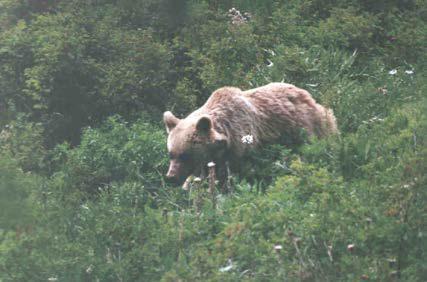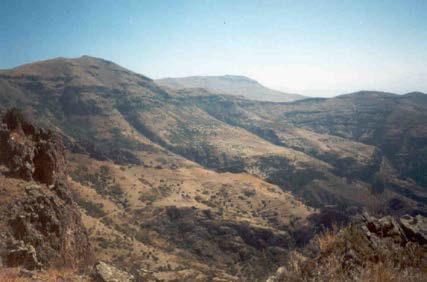Igor Khorozyan
This project will focus on human impacts on the environment in southern Armenia.

A Syrian brown bear in Khosrov Reserve. ©A. Malkhasyan.
Armenia is a part of the "Caucasus" biodiversity hotspot and a "Vulnerable" eco-region. Its Khosrov Reserve has the largest area and enjoys the richest national biodiversity resources.

The dirt road network in Gndasar Mt.Noravank Canyon. © I. Khorozyan
The Noravank Canyon is a vital corridor linking this Reserve with southern Armenia and further with northern Iran.
In this project, the team will be the first to assess the adverse human impact on biodiversity in the Reserve and the Canyon through field work, GIS-mapping, quantitative analysis and prediction/modelling. This work seeks to combine conservation with sustainable development - essential due to the heavy environmental pressure of Man in the area
The team has set up a website at www.persianleopard.com which describes their past, ongoing and planned conservation projects in Armenia, including the activities described above.